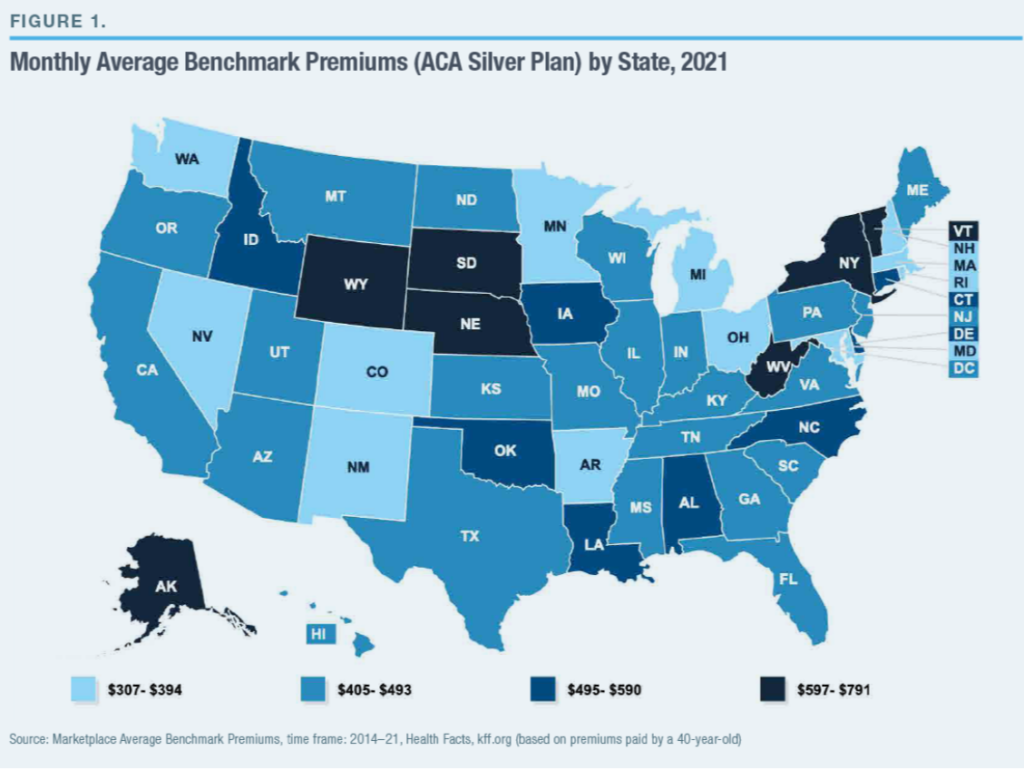Link:https://www.city-journal.org/article/review-of-work-retire-repeat-by-teresa-ghilarducci
Excerpt:
Before she exited the Republican primary race, Nikki Haley advocated gradually increasing the retirement age to match the growth in life expectancy. Her political rivals swiftly criticized her proposal, but it enjoys widespread support among those looking to rein in soaring entitlement costs. A new book by economist Teresa Ghilarducci, Work, Retire, Repeat, offers reasons to seek an alternative path to reform.
Pay-as-you-go retirement systems such as Social Security or Medicare use taxes on current workers to pay benefits to retirees. Even if individuals on average fully pay for what they later get, such an arrangement will not be sustainable if declining birth rates and rising life expectancy reduce the ratio of workers to retirees. In 1960, there were five workers for each retiree. By 2000, the ratio had fallen to three-to-one. By 2040, there will be only two workers for each retiree. Raising the retirement age would both reduce the cost of benefits and increase payroll tax revenues to pay for them.
But Ghilarducci’s book argues against pushing back retirement. She suggests that, whereas policymaking elites view retirement as boring, low-paid workers typically can’t wait for relief from “heavy lifting, crushing work schedules, arbitrary changes in work duties, and the fear of being laid off.”
Ghilarducci acknowledges that employment can be a valuable source of meaning, personal identity, achievement, social interaction, and structure in people’s lives. But she disputes the claim that the correlation of retirement with declining mental health proves that it is bad for people.
….
By allowing younger workers to opt for a lower payroll tax rate for the remainder of their careers, in return for a uniform safety-net benefit when they reach retirement, Social Security could be made more effective at preventing poverty while also being less of a burden on the young. Such a benefit structure would likely also motivate higher-earning workers to retire later than the poor—the arrangement for which Ghilarducci provides her strongest arguments.
Author(s): Chris Pope
Publication Date: 14 Mar 2020
Publication Site: City Journal
